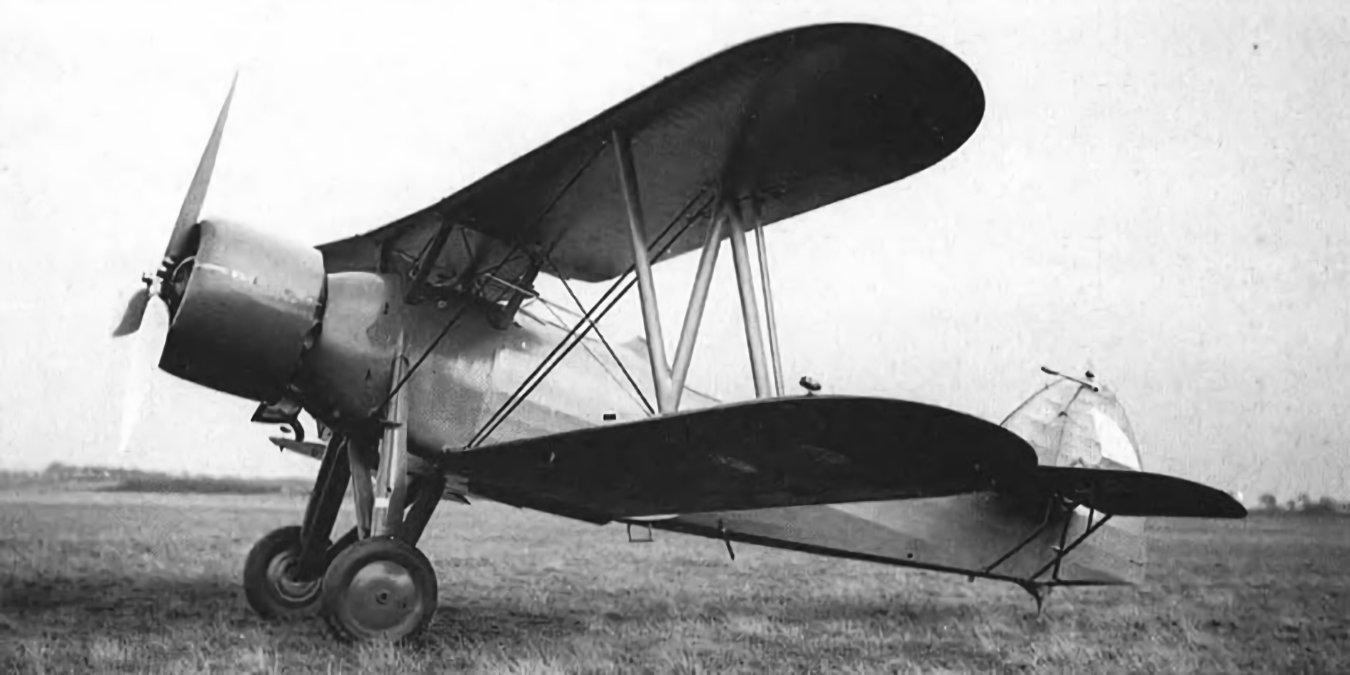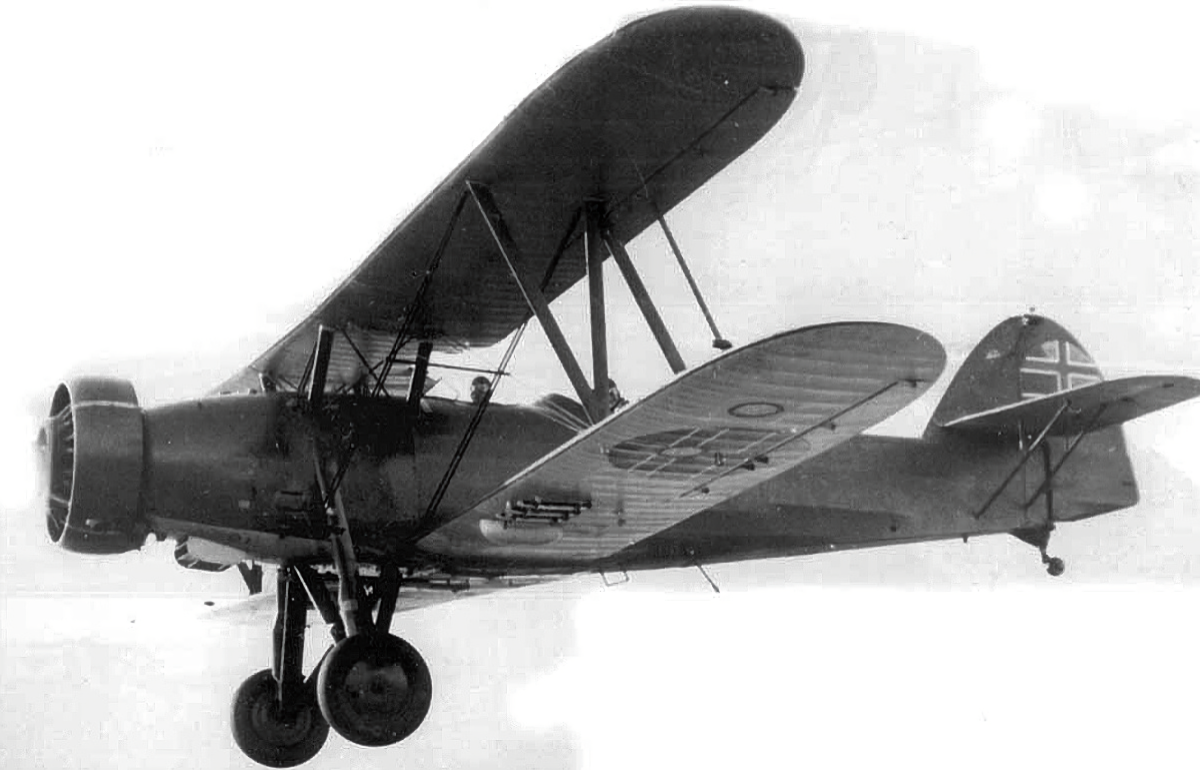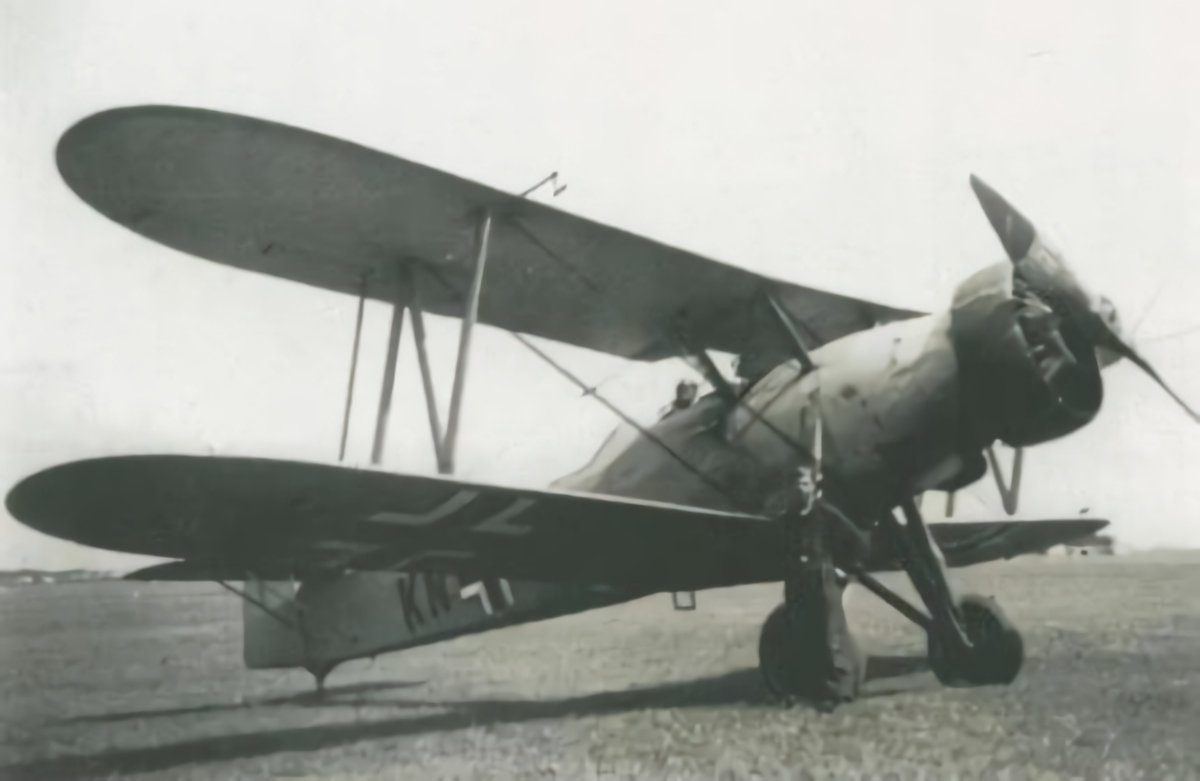Tag: World War Two
-
Letov S-528

Letov S-528 Planned as a replacement for the successful Letov S-328, the S-528 was a reconnaissance and light bomber aircraft. The structure of the S-328 was strengthened and the powerplant was upgraded to a 800 hp (597 kW) Gnome-Rhône Mistral Major. Due to the German annexation of Czechoslovakia, only six were built. Read more
-
Letov S-328 in Slovak Service

Letov S-328 in Slovak Service In March 1939, Germany occupied the Czech part of Czechoslovakia and Slovakia declared its independence. Consequently, Slovakia inherited a number of Letov S.328 reconnaissance and light bomber biplanes that had been based in its territory. Additional aircraft were obtained from German stocks acquired during its annexation of Czechoslovakia, as well… Read more
-
Letov S-328 in German Service

Letov S-328 in German Service Following the German occupation of Czechoslovakia in 1939, the Luftwaffe incorporated captured Š-328s into their inventory. The Letov Š-328 only saw limited use by the Luftwaffe during World War II, primarily as a trainer. A small number were also used in the night attack role on the Eastern Front in the Winter… Read more